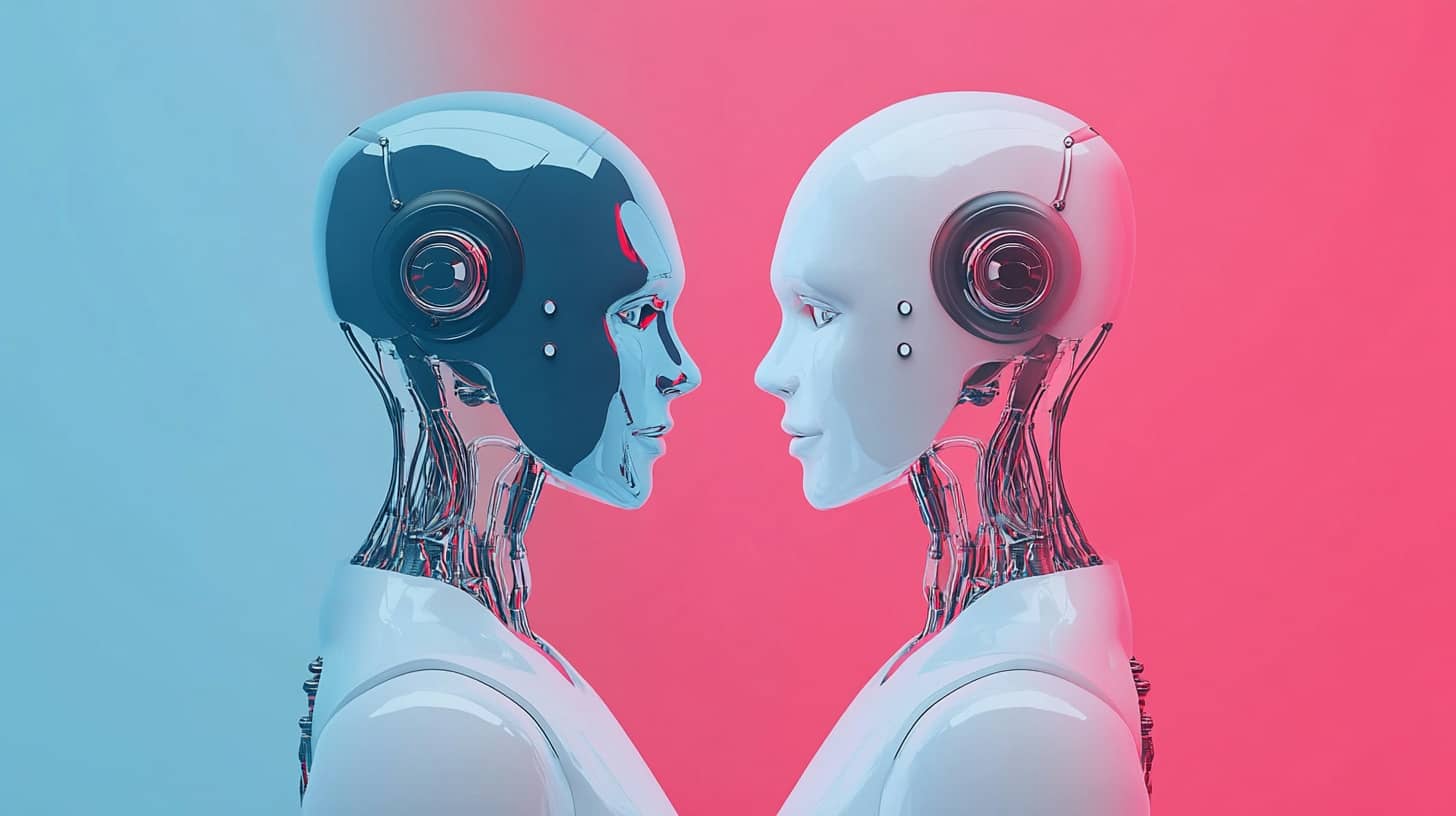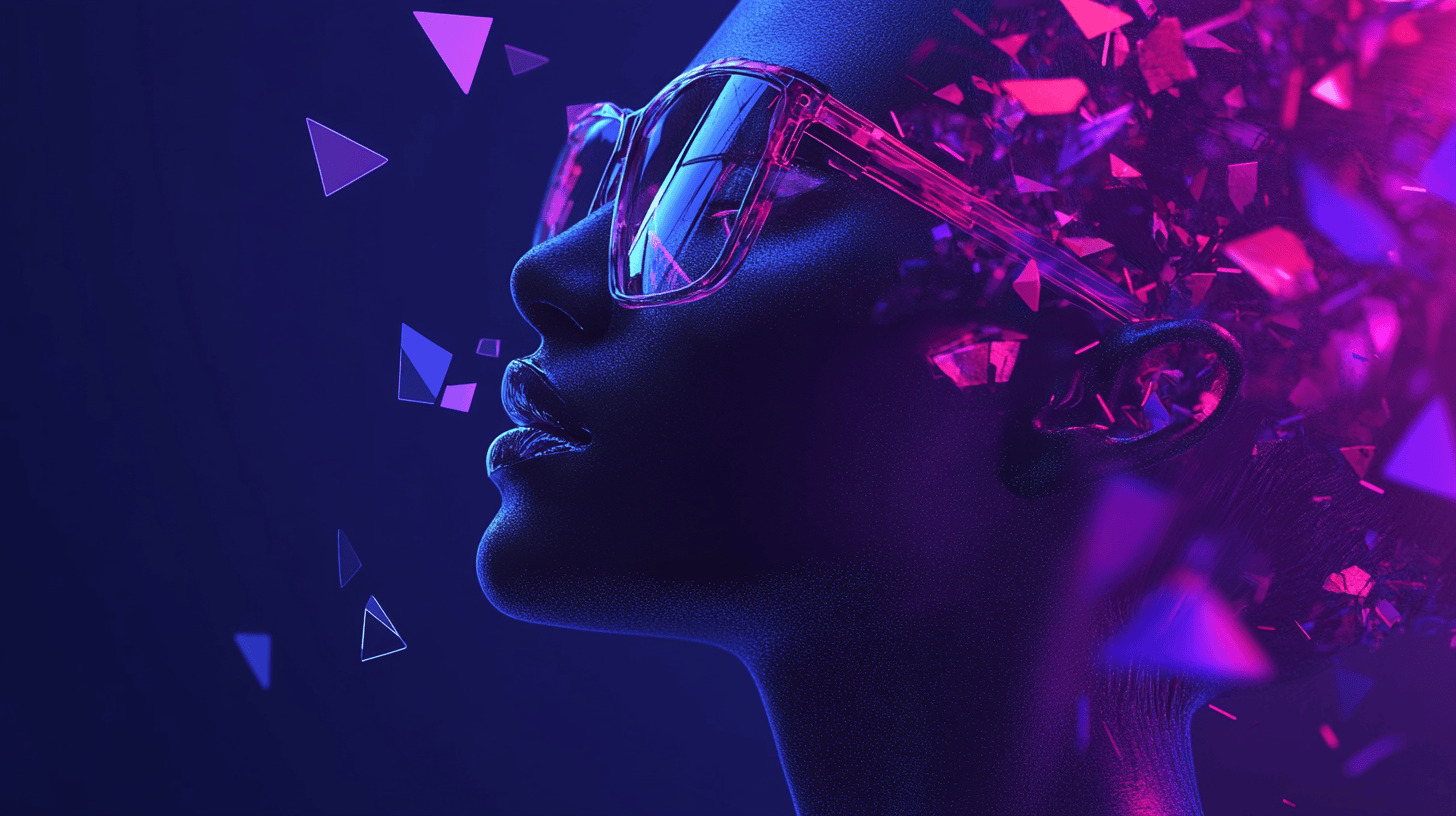But chaos isn’t a sign of failure — it’s a sign of growth.
The real challenge isn’t producing more; it’s organizing what already exists.
That’s where clarity begins.
With the right structure, AI stops being another distraction and starts becoming your creative compass.
You don’t need a new app — you need a system that makes sense.
“Out of clutter, find simplicity. From discord, find harmony. In the middle of difficulty lies opportunity.” — Albert Einstein
In this guide, you’ll learn how to transform your creative overload into a calm, connected system — one that channels ideas into impact.
Because clarity isn’t just organization — it’s liberation.
Every creator starts the same way — full of ideas, tools, and half-finished drafts.
Not from lack of talent, but from lack of structure.
You wake up to notifications, open five tabs, brainstorm a headline, then abandon it halfway through a caption.
This isn’t failure — it’s friction.
Clarity doesn’t come from more effort; it comes from systems that simplify effort.
And that’s what this stage of your creative journey is about: turning noise into navigation.
“Order and simplification are the first steps toward mastery of a subject.” — Thomas Mann
The goal isn’t to control creativity — it’s to give it direction.
When you build a structure that catches your best ideas and channels them into repeatable processes, you stop chasing inspiration and start compounding it.
The hidden cost of disorganized creativity
The curse of the modern solopreneur isn’t laziness — it’s content chaos.
We produce faster than we process. We collect tools faster than we connect them.
The result? Creative burnout disguised as “busyness.”
1. How “content chaos” kills momentum
Every unstructured workflow leaks energy.
A dozen half-written ideas, mismatched templates, forgotten drafts — all those micro-frictions drain motivation.
You feel active but not advancing.
AI doesn’t remove the chaos automatically; it organizes it — a fact supported by recent research from Stanford’s Institute for Human-Centered Artificial Intelligence.
By centralizing your creative flow — from idea capture to publishing — you recover hours of lost focus each week.
“Clutter is nothing more than postponed decisions.” — Barbara Hemphill
Momentum thrives on clarity. Once your decisions are codified into systems, creativity stops fighting process — it flows through it.
2. The illusion of productivity
Many solopreneurs mistake activity for achievement.
Jumping between tools, rewriting posts, testing headlines — all that effort feels productive but rarely compounds.
The truth: every repeated action without documentation resets you to zero.
If you’re not capturing what works, you’re recreating it endlessly.
Systems create memory — and memory creates momentum.
“Never mistake motion for action.” — Ernest Hemingway
When you rely on systems instead of spontaneity, you trade exhaustion for exponential returns.
3. Why structure multiplies creativity
Creativity isn’t fragile — it’s chaotic energy waiting for a channel.
The more defined your process, the freer your mind becomes.
Instead of wondering what to do next, you focus entirely on how to express better.
Frameworks like the Content OS transform overwhelm into rhythm, as outlined in this complete framework.
Structure doesn’t kill spontaneity; it protects it by removing decision fatigue.
“Discipline equals freedom.” — Jocko Willink
The paradox of clarity: when you restrict randomness, imagination expands.
The foundation of clarity: building your creative OS
Clarity isn’t a feeling — it’s a systematic state.
It’s what happens when your tools, mindset, and workflow align around one clear purpose: making creation effortless.
The Content OS model (developed earlier in this series) offers a four-layer map that transforms creative chaos into a controlled, flexible process.
1. Mapping the four layers of your content system
| Layer | Core Question | AI Assistance Examples |
|---|---|---|
| Capture | “Where do my ideas live?” | Notion AI, Mem, Voice to Text |
| Creation | “How do I turn ideas into drafts?” | ChatGPT, Claude, Perplexity |
| Distribution | “How do I publish efficiently?” | Metricool, Buffer, Zapier |
| Reflection | “What did I learn?” | Analytics dashboards, Notion review templates |
Each layer feeds the next.
Once built, the system becomes a closed loop — a rhythm that continuously converts input into impact.
“A place for everything, and everything in its place.” — Benjamin Franklin
2. Turning complexity into flow
Most creators over-tool their process: 10 apps, 6 subscriptions, zero clarity.
Simplify until the system is so intuitive you forget it exists.
Automation should feel invisible — like a current carrying your ideas downstream.
Tools change; principles don’t.
Capture → Create → Distribute → Reflect.
That’s your creative bloodstream.
“Simplicity is the ultimate sophistication.” — Leonardo da Vinci
3. Why clarity = capacity
When you eliminate friction, you expand capacity.
Your calendar feels lighter, your tasks shrink, and your content finally aligns with your energy.
Clarity isn’t doing more in less time — it’s doing less that matters more.
AI doesn’t replace your discipline; it amplifies it.
With every redundant step automated, you buy back focus — the rarest resource of all.
“Nothing is less productive than to make more efficient what should not be done at all.” — Peter Drucker
True clarity is when you stop optimizing tasks — and start optimizing thinking.
Aligning tools, habits, and mindset
Most creators overestimate what tools can fix and underestimate what habits can change.
No software, no automation, no “perfect workflow” will compensate for unclear intention.
Tools should serve your rhythm, not replace it — a principle central to the parent content system.
Clarity happens when you align the three layers of creation:
tools, habits, and mindset.
1. The triad of consistency: automation, rhythm, intention
Every system needs automation to save time, rhythm to sustain it, and intention to give it direction.
Most solopreneurs start backward — they automate chaos instead of clarifying purpose.
Automation is a force multiplier only when applied to something meaningful.
That’s why every workflow should start with one question:
“What do I want to happen while I’m not working?”
Once that’s defined, you can let AI take over scheduling, formatting, or reminders — not decision-making.
“Technology is nothing. What’s important is that you have faith in people, that they’re basically good and smart.” — Steve Jobs
Technology amplifies discipline; it doesn’t create it.
2. Designing workflows that feel human
A workflow that drains you will eventually break you.
That’s why your content system must reflect how you naturally create.
If you’re verbal, rely on voice notes and transcription AI (Whisper, Descript).
If you’re visual, use Miro or Notion boards to map your flow.
If you think in patterns, turn your process into templates or frameworks.
AI doesn’t standardize creativity — it personalizes it.
The goal isn’t to make your system look professional; it’s to make it feel effortless.
“Machines are for answers; humans are for questions.” — Pablo Picasso
Let AI handle the structure so you can focus on why your message matters.
3. The role of reflection in sustainable growth
Without reflection, automation becomes autopilot.
Schedule weekly or monthly reviews to audit your system:
- Which tools feel redundant?
- Which steps cause friction?
- Which results feel meaningful?
AI can even help analyze your metrics and summarize insights, but you decide what success means.
Reflection prevents stagnation — it ensures your system evolves with you.
“The unexamined life is not worth living.” — Socrates
Clarity is not a destination; it’s a rhythm of self-correction.
Measuring progress: signs you’ve reached clarity
You’ll know your system works when work stops feeling like juggling.
Clarity doesn’t mean perfection — it means flow.
Here’s what that transformation looks like.
1. Flow replaces friction
When your tools talk to each other, your mind stops multitasking.
Ideas move through a predictable path — from capture to publish — with minimal resistance.
You spend less time managing and more time creating.
That’s when you feel in flow: present, focused, productive without force.
“In the middle of difficulty lies opportunity.” — Albert Einstein
The obstacles that once scattered your focus now refine it.
2. Systems improve themselves
A mature content system evolves naturally.
AI begins predicting what you’ll need next — suggesting ideas, automating formats, analyzing engagement.
You’re not micromanaging; you’re overseeing.
That’s the difference between a creator and a content architect: one works inside the system, the other works on it.
“If you can’t describe what you are doing as a process, you don’t know what you’re doing.” — W. Edwards Deming
The better your process, the smarter your automation becomes.
3. You create less — but achieve more
The ultimate sign of clarity is intentional minimalism.
You post fewer things that reach deeper.
You write slower but impact faster.
You measure success not by output, but by outcomes — attention, resonance, trust.
AI helps you scale production, but wisdom helps you scale purpose.
Once both align, you stop chasing content — and start shaping meaning.
“The ability to simplify means to eliminate the unnecessary so that the necessary may speak.” — Hans Hofmann
You don’t need more effort. You need fewer distractions.
The journey from chaos to clarity isn’t about becoming more organized — it’s about becoming more intentional.
AI gives you leverage, but structure gives you peace.
Together, they transform creativity from an exhausting chase into an effortless flow.
“Clarity is the counterbalance of profound thoughts.” — Luc de Clapiers, Marquis de Vauvenargues
When you master clarity, your ideas stop being temporary — they become timeless.
Clarity doesn’t mean less chaos — it means knowing where it belongs.
The moment your creative process becomes visible, your anxiety fades.
Your tools stop competing; they start collaborating.
AI doesn’t create order for you — it mirrors your ability to design it.
When you build a system that captures, connects, and compounds your best ideas, content creation becomes peaceful, almost predictable.
“The first step in crafting the life you want is to get rid of everything you don’t.” — Joshua Becker
Clarity is not about control; it’s about confidence.
As highlighted in this recent university framework on trustworthy AI, confidence in automation comes from clarity, not control.
Confidence that your system will hold your creativity, even on days you can’t.
Confidence that your voice will stay coherent, even as your tools evolve.






